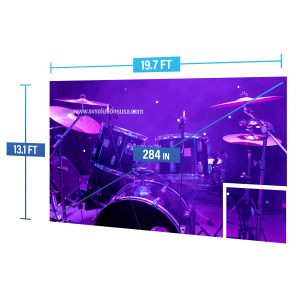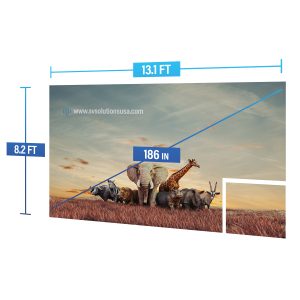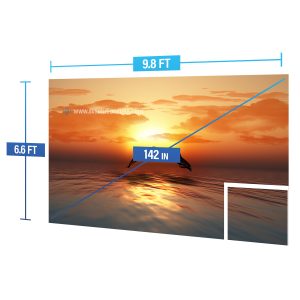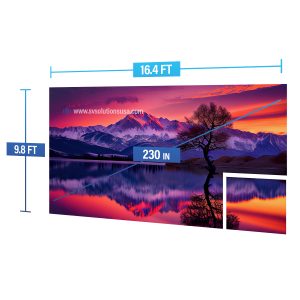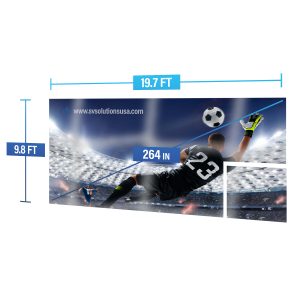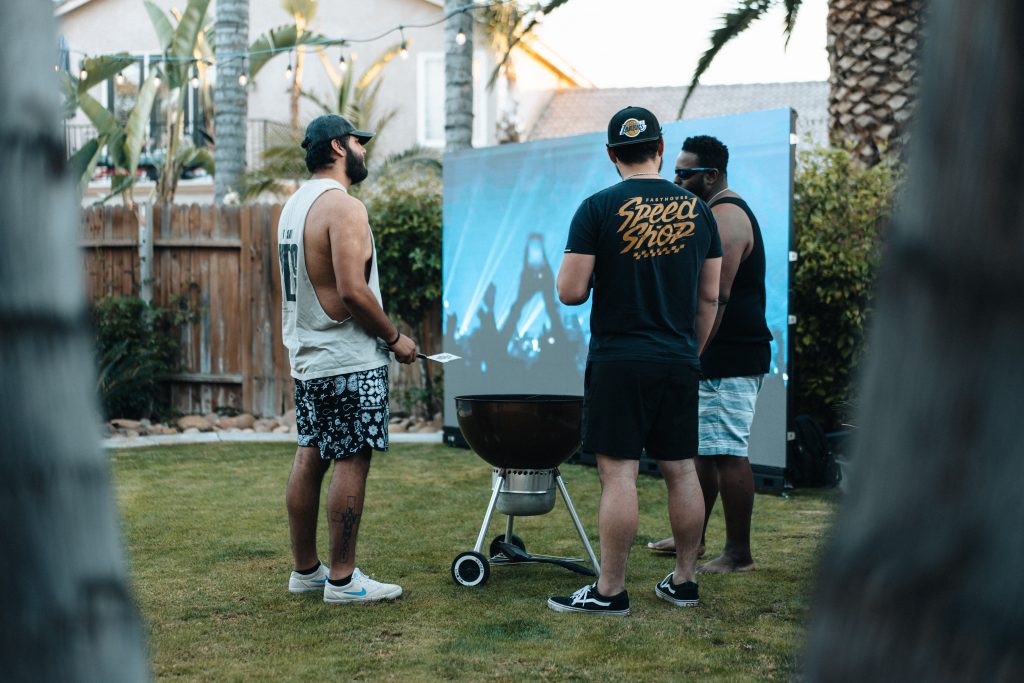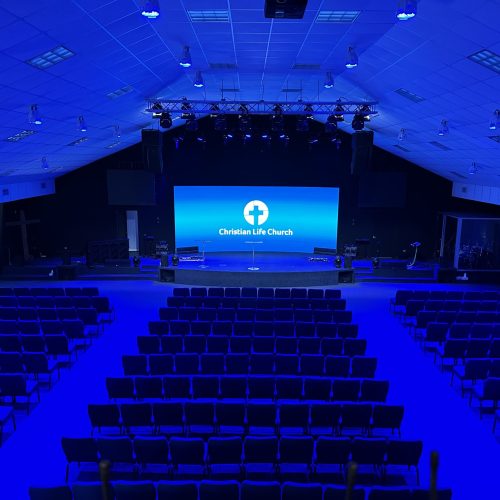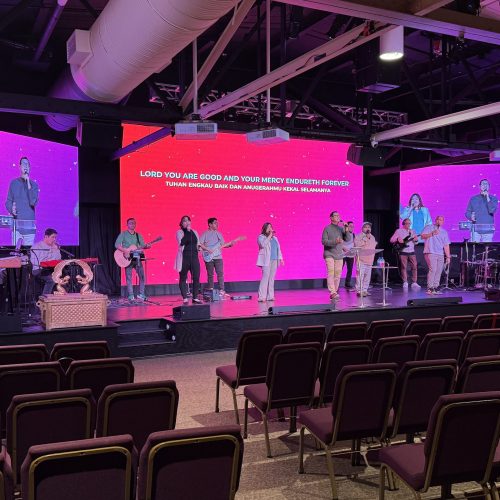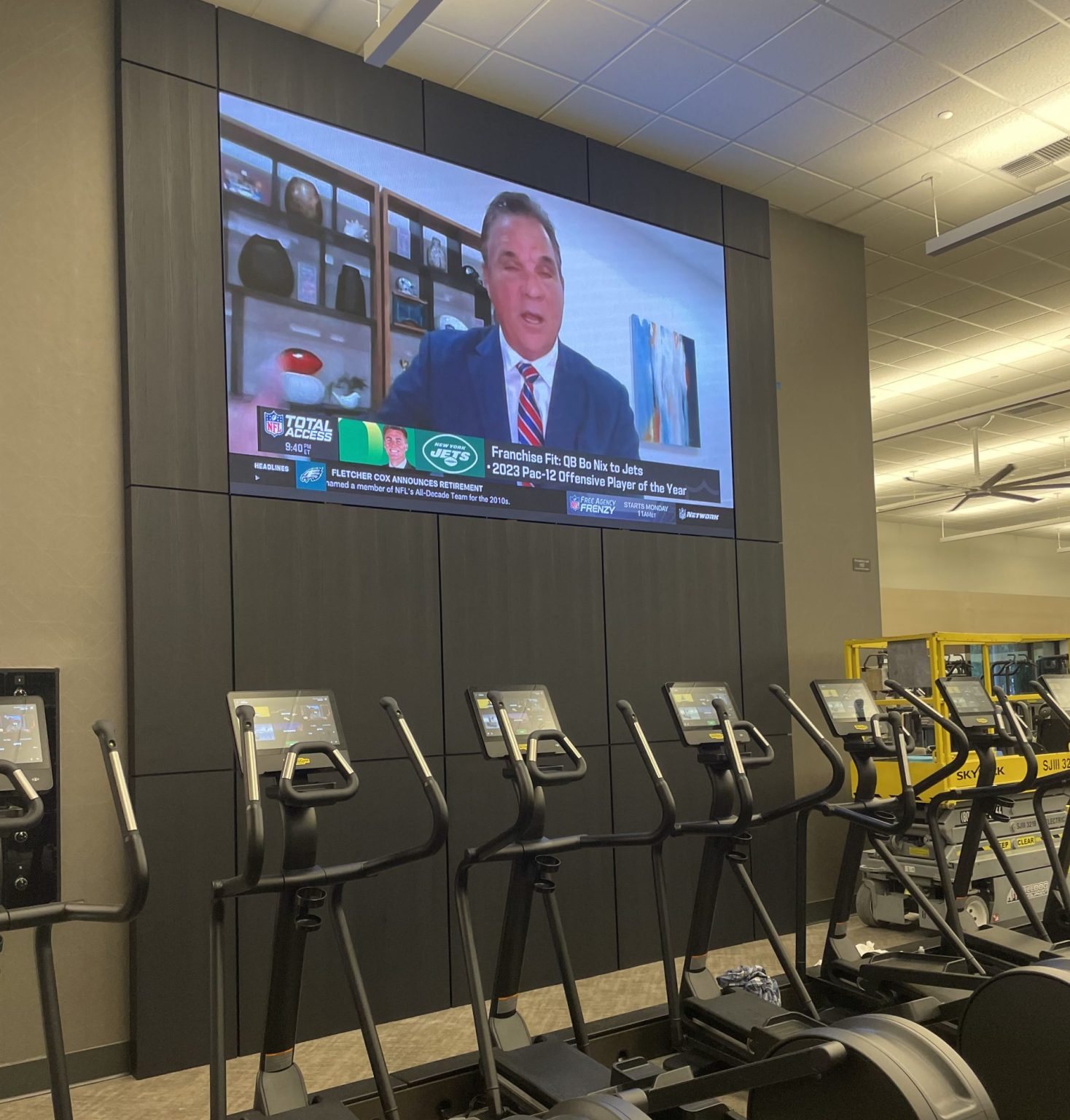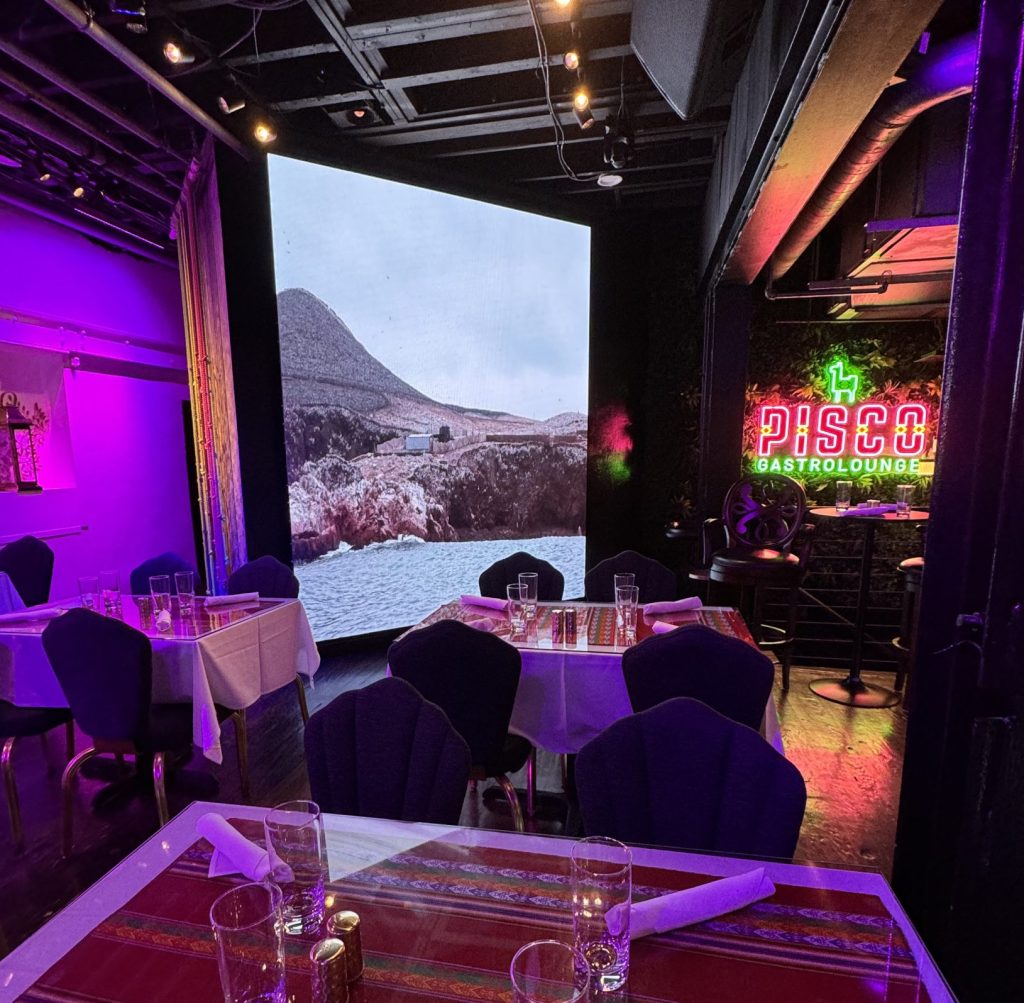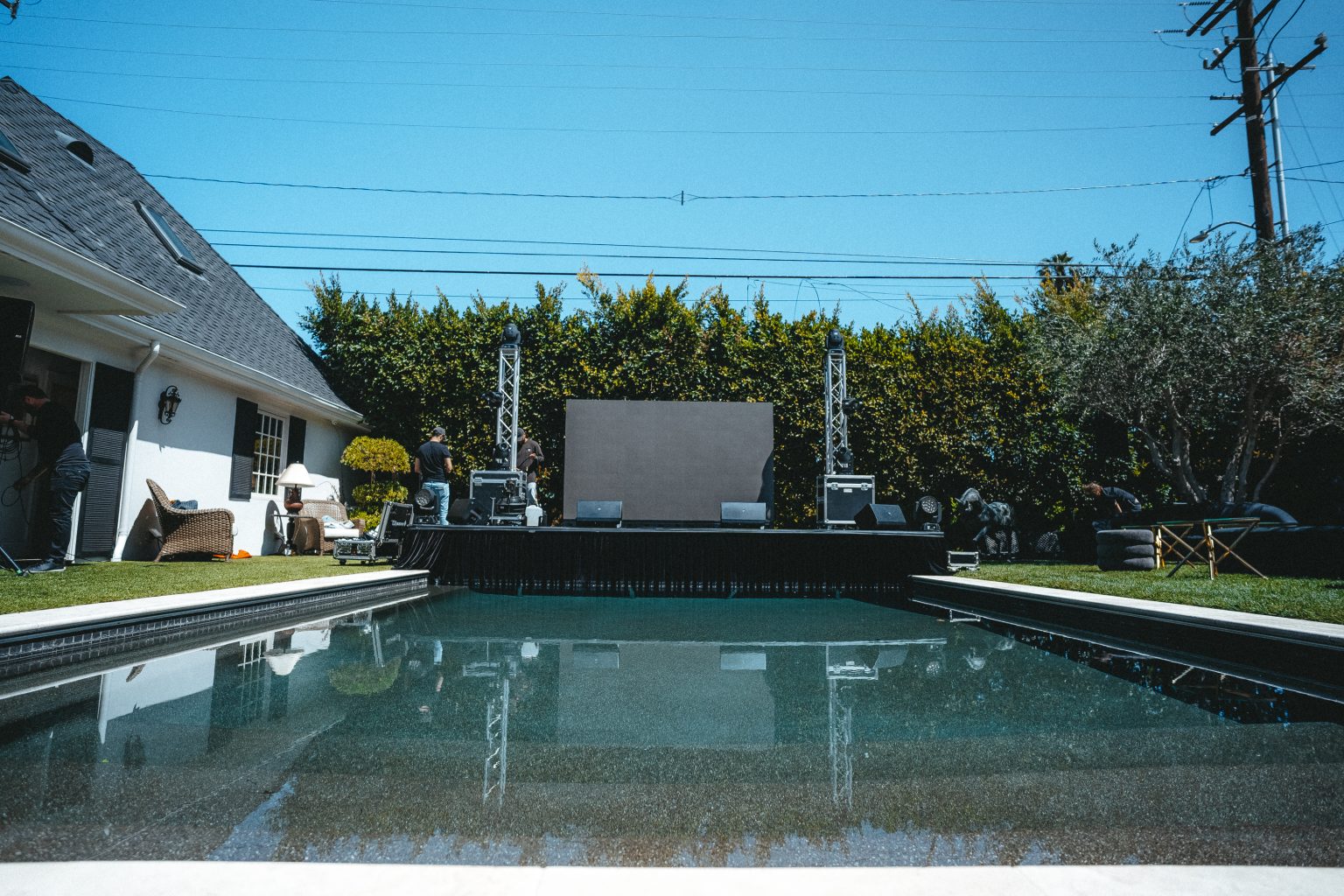Choosing the Right LED Screen: An User-Friendly Guide
Selecting the perfect LED screen for your project requires careful consideration. With numerous factors to evaluate, this guide aims to simplify the process and help you make an informed decision. Let’s explore the key aspects to keep in mind when choosing an LED screen.
1. Viewing distance.
To ensure optimal image quality, it’s essential to determine the distance between the LED screen and the first row of viewers. Closer distances benefit from higher pixel density, resulting in sharper visuals. Consider the pixel pitch that suits your viewing requirements.
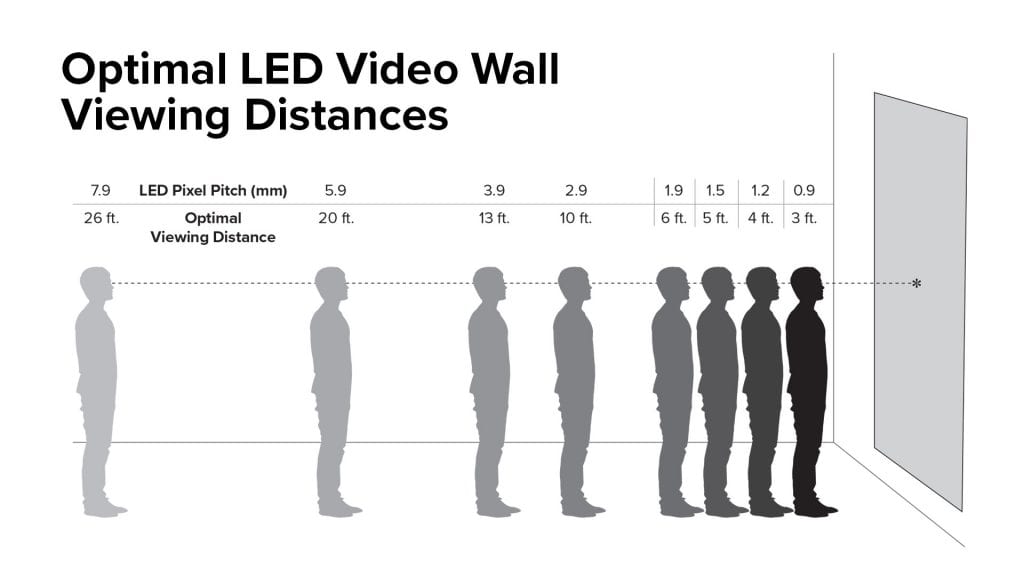
2. Refresh Rate.
Avoid purchasing LEDs with a low refresh rate, especially if you plan to film with a video camera in front of the LED wall. A higher refresh rate reduces the occurrence of black lines in the background. While the human eye may not perceive the difference, it becomes apparent when viewed through a camera.
3. Mounting Options.
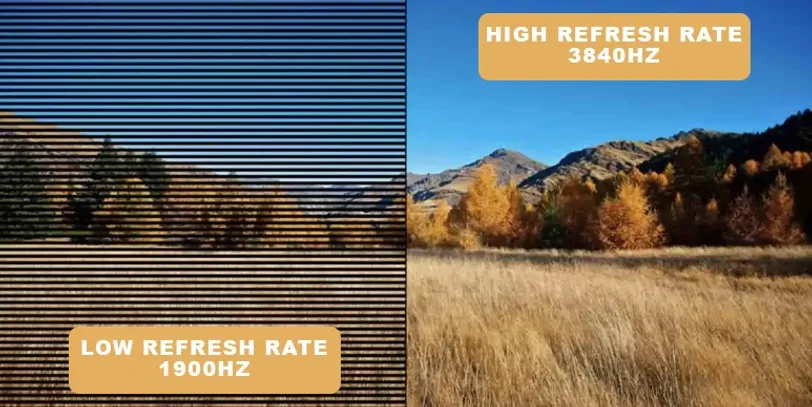
- Flown Method (rigging): Requires strong structural support from above, such as an overhead truss system or a ceiling grid.
- Ground Support Installation: Provides stability and flexibility using a base-unit, connection bar, and ladder truss.
- Wall Mounted: Offers an aesthetically pleasing and easily maintainable solution, although not all panels may support this method.
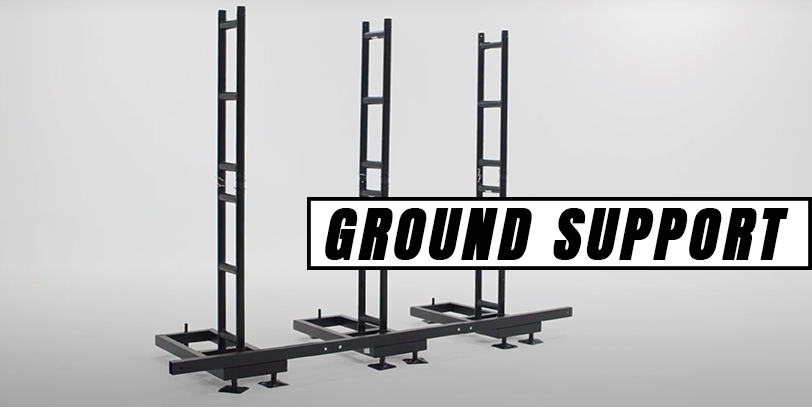
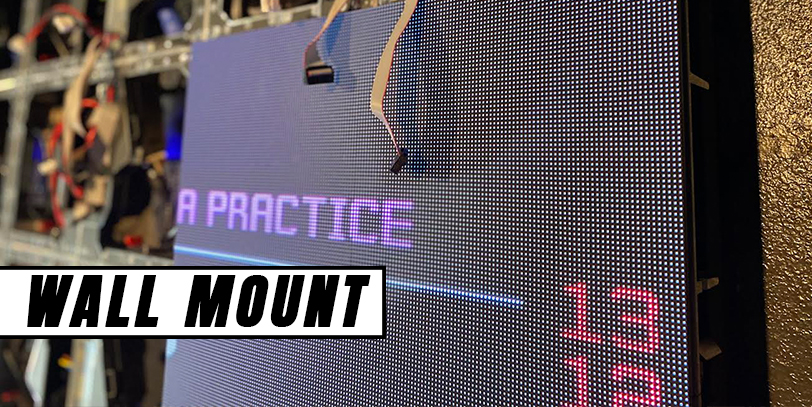
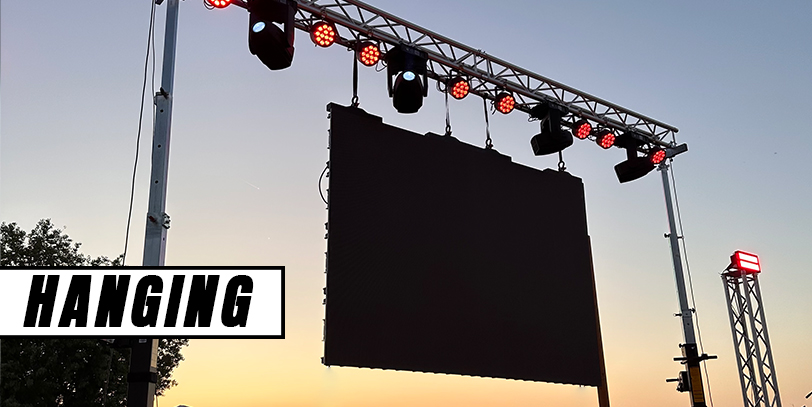
Learning the basics.
- Pixel Pitch:
Pixel pitch refers to the distance between individual LEDs. A shorter distance indicates higher resolution. While higher resolution matters for close viewing, it becomes less relevant for larger distances. Align your pixel pitch choice with the intended viewing distance. - Resolution and Aspect Ratio:
Consider the aspect ratio and resolution you desire for your LED screen. Most TVs have a 16:9 aspect ratio and a resolution of 1920×1080 pixels. Understanding pixel pitch helps determine the number of panels needed to achieve your desired aspect ratio and resolution. - Video Processor:
The video processor serves as the brain of your LED wall, handling signal connections. Seek guidance from your Sound & Video Solutions representative to ensure you choose the appropriate video processor for your requirements. Consider factors like multiple feeds and different screens to make an informed decision. - Indoor vs. Outdoor:
Differentiate between indoor and outdoor LED walls. Outdoor panels are built to withstand varying temperatures and offer higher brightness levels. However, they are not designed for direct exposure to heavy rain or extreme conditions. Consult your Sound & Video Solutions rep to select the ideal LED wall based on your specific usage scenario.
Conclusion.
Choosing the right LED screen involves evaluating viewing distance, refresh rate, mounting options, pixel pitch, resolution, aspect ratio, video processor, and indoor/outdoor suitability. By considering these factors, you can make an informed decision that aligns with your needs and ensures a visually stunning LED display experience.


